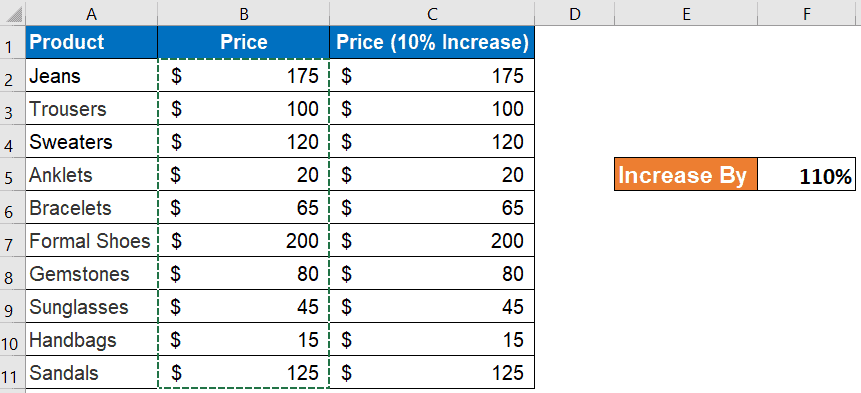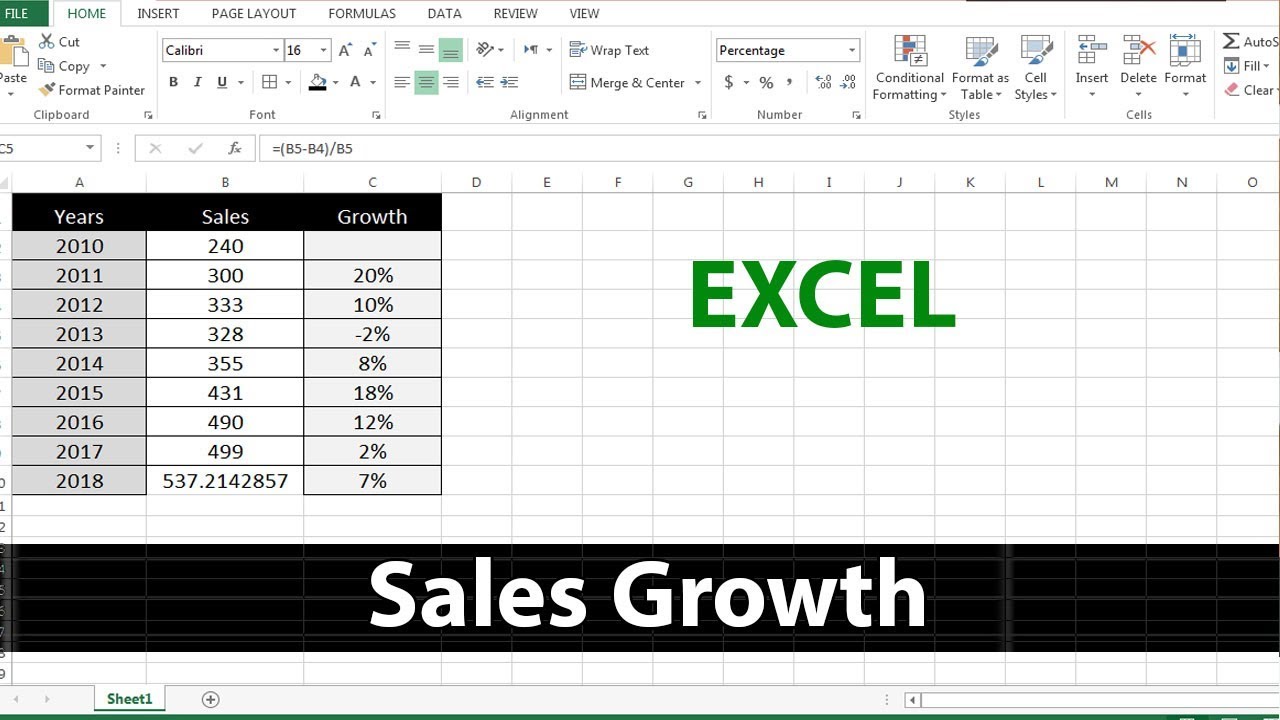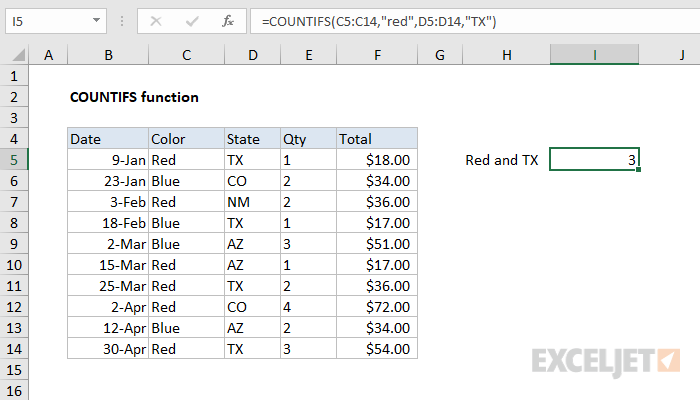How To Add Percentage In Excel Sheet

Getting Started with Excel Formulas

Before diving into percentages, let’s ensure you are familiar with the basic Excel formulas. Excel uses formulas to perform calculations or other actions on data. Here are the steps to insert a formula:
- Select the cell where you want the formula.
- Type an equals sign (=) to begin the formula.
- Input your formula, e.g., =A1+B1 to add values from cells A1 and B1.
- Press Enter to apply the formula.
Now that we know the basics, let’s delve into the primary topic.
Calculating Basic Percentages in Excel

Calculating percentages in Excel is not only essential for data analysis but also for various other applications in finance, statistics, and daily office work. Here’s how you can compute basic percentages:
- Percentage of a Number: To find what percentage a number is of another, use the following formula:
=Number/Total * 100For instance, to find out what percentage 50 is of 200, enter=50⁄200*100, which will give you 25%. - Increase or Decrease by a Percentage: Suppose you want to increase a value by 20% or decrease it by 15%. Here’s how:
- To increase a value (let’s say in cell A1) by 20%, use the formula
=A1*1.2. - To decrease a value by 15%, use
=A1*0.85.
- To increase a value (let’s say in cell A1) by 20%, use the formula
Formatting Percentages in Excel

Once you’ve calculated percentages, formatting them correctly makes your data more readable:
- Select the cell containing the result.
- Right-click and choose Format Cells.
- In the Number tab, select Percentage and decide on the number of decimal places.
📚 Note: When changing percentage formats, Excel will automatically multiply the cell's value by 100.
Visualizing Data with Percentage Graphs

Visual representations are invaluable in data interpretation. Excel offers various chart types to visualize percentages:
Creating a Pie Chart

Pie charts are perfect for showing percentage distribution:
- Select your data range.
- Go to the Insert tab, choose Pie Chart, and select the style you prefer.
- Excel will automatically convert the data into slices of the pie, each representing a percentage.
Bar or Column Charts for Percentage Comparison

To compare percentages across different categories:
- Select your data, including category labels.
- Navigate to Insert and choose either a Bar or Column Chart.
- Right-click on the chart elements to modify labels to show percentages.
🖥️ Note: Remember to check the “Value from Cells” option when adding labels to show actual percentages.
Using Conditional Formatting with Percentages

Conditional formatting dynamically changes cell formatting based on criteria, here’s how to apply it with percentages:
Highlight Cells Based on Their Percentage Value

- Select your data range.
- Click on Home > Conditional Formatting > Data Bars, Color Scales, or Icon Sets based on your needs.
- Set rules for different percentage thresholds:
| Condition | Formatting Applied |
|---|---|
| Cell Value > 75% | Green Color |
| Cell Value between 50% and 75% | Yellow Color |
| Cell Value < 50% | Red Color |

🚨 Note: Conditional Formatting is dynamic; the colors will update automatically if the data changes.
Mastering percentages in Excel opens up a plethora of possibilities for data analysis and presentation. Whether you're managing budgets, analyzing performance metrics, or just trying to understand the share of different components in a whole, Excel's robust functionality can significantly enhance your work efficiency. Remember to use the power of formatting, graphs, and conditional formatting to make your data tell a compelling story visually. Keep exploring Excel's features, as even seasoned users can discover new tricks that simplify their tasks.
Can I use custom formulas for percentages?

+
Yes, Excel allows you to create custom formulas to calculate percentages. You can combine cell references, arithmetic operators, and functions like IF or LOOKUP to tailor your calculations to specific needs.
How do I format percentages to display one decimal place?

+
Right-click on the cell, choose Format Cells, select Percentage from the Number tab, and then choose 1 in the decimal places box.
Why does Excel sometimes show wrong percentage values?

+
Excel might show incorrect percentages if the cell formatting is inconsistent or if the calculation formula is incorrect. Ensure your data is properly formatted and your formulas reference the correct cells.